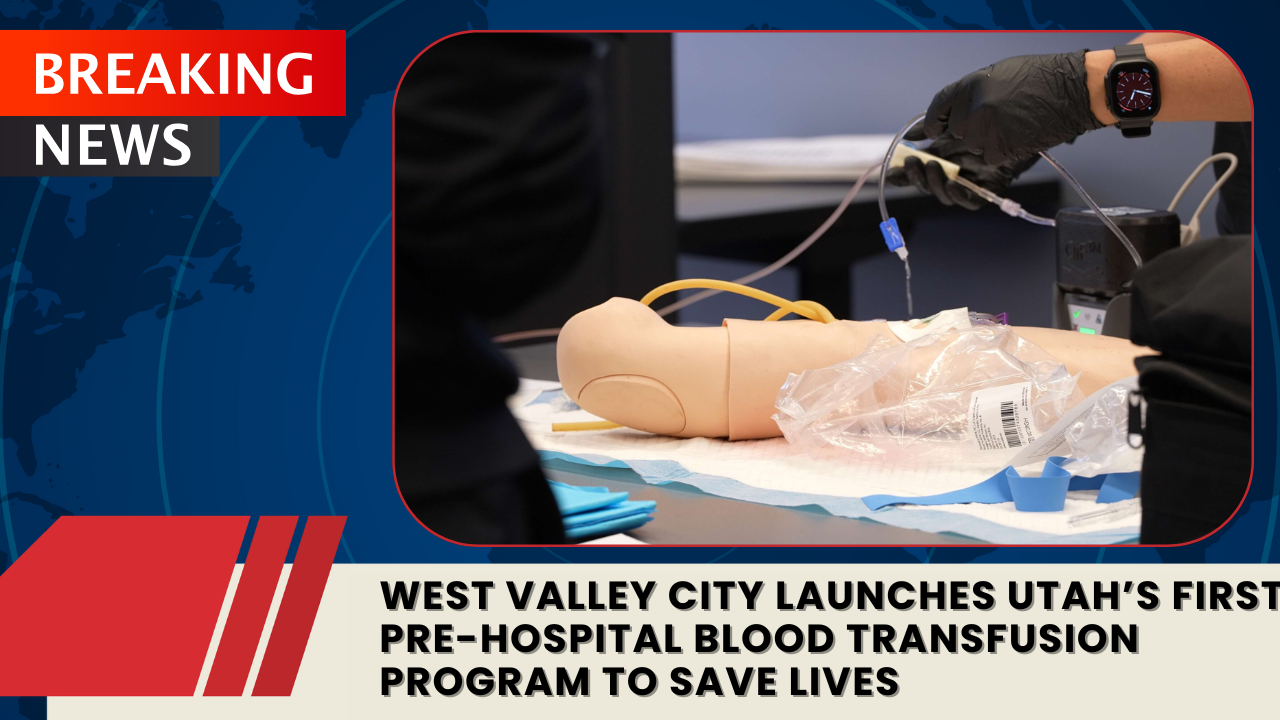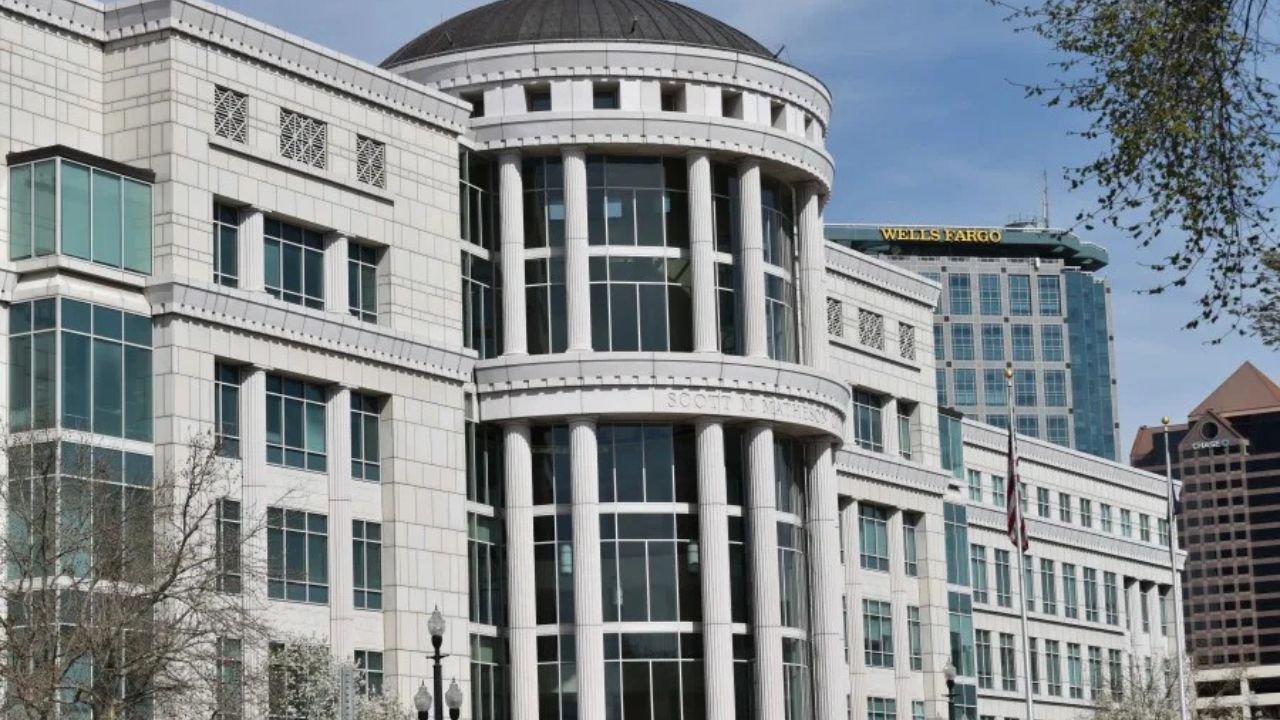WEST VALLEY CITY, Utah — In a groundbreaking public safety move, West Valley City has become the first municipality in Utah to equip emergency responders with real blood for transfusions — allowing trauma victims to receive lifesaving treatment before ever reaching a hospital.
A Race Against Time
In cases of severe trauma or blood loss, every minute counts. Currently, it takes an average of 45 minutes to an hour from the time emergency medical services arrive until a patient can receive blood at a hospital. For patients bleeding out, that delay can be fatal.
“Where someone can bleed out in minutes, an hour is just too long,” said Battalion Chief Brandon Howard of the West Valley City Fire Department, who leads the department’s medical training division. “We’re hoping this program will bridge that gap so we can get patients to surgery before they go into irreversible shock.”
The Program and Its Partners
The initiative is a partnership with Intermountain Health, which will supply blood at no cost to the Fire Department. Trauma patients treated in the field will typically be transported to Intermountain Medical Center in Murray, one of Utah’s leading trauma hospitals.
The city council unanimously approved the program on October 14, making it the first of its kind in the state. About 200 agencies nationwide operate similar programs, but none previously existed in Utah.
How It Works
A battalion chief on duty will carry a specialized temperature-controlled cooler containing enough O-positive blood for one person at all times. The cooler can function unplugged for up to four days, enabling emergency teams to administer blood inside an ambulance during transport.
To ensure freshness, Intermountain Health will swap the blood weekly. Crews have already begun training on blood administration procedures — a process similar to inserting an IV — and have practiced handling the new equipment for over two months without any reported issues.
“For patients with massive bleeding, seconds matter,” said Dr. Dave Morris, trauma surgeon and associate medical director of trauma surgery at Intermountain Medical Center. “This program extends a lifesaving resource into the hands of EMS teams so we can provide definitive care faster.”
The Bigger Picture
Traditionally, trauma patients in Utah receive crystalloid fluids, a synthetic alternative that can stabilize but not fully replace blood loss. By providing real blood earlier, doctors say patients will not only have a higher survival rate but may also require less blood later, preserving supplies for others in need.
Mayor Karen Lang praised the Fire Department for spearheading the project: “When I was reading the proposal, I was mind-blown. It’s an incredible idea that will save lives right here in our community.”
The city received its first blood unit on Wednesday, marking a historic step toward faster, more effective trauma response across Utah.



